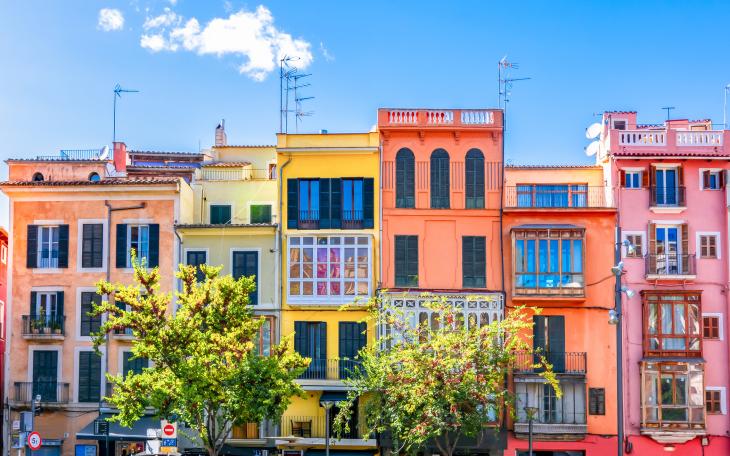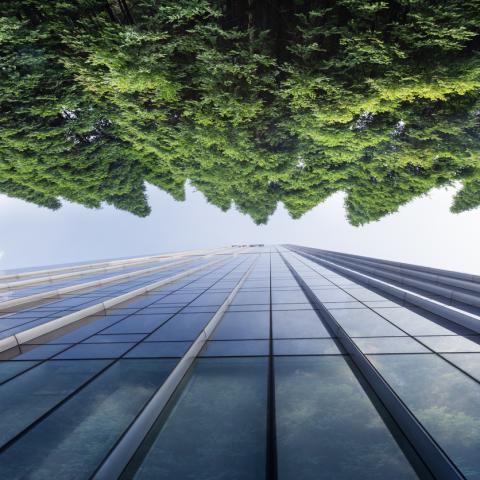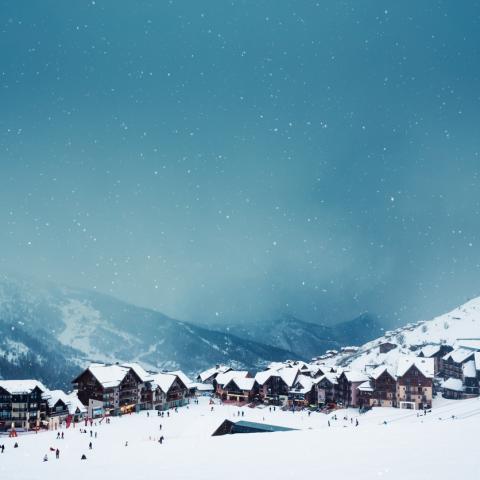Majorca: finding the balance between tourism and local life

Ahead of a family trip to Majorca next month, I went straight to Google for the classic ‘best beaches in the area’ search. However, instead of a sandy Top Trumps between Cala Agulla and Portals Vells, I soon found myself deep into the current debate around the impact of tourism on the island.
Majorca, with its incredible beaches and rich culture is one of the most popular tourist destinations in Europe, but now the island is the subject of huge tension between the needs of its tourism industry and the wellbeing of its locals: last week around 10,000 people marched through the capital, Palma, protesting against the mass tourism they feel is overwhelming their home and demanding limits on the number of visitors to the island.
The issues are undoubtably significant: strained local resources, rising housing costs, and crowded roads, meaning Majorca Platja Tour, a local advocacy group, is now pushing for residents to reclaim their beaches and promote sustainable tourism practices.
While tourism is undeniably important, contributing 12%-13% to Spain's GDP, the negative impacts on local communities are hard to ignore.
Large numbers of tourists can put significant strain on local resources, including water, energy, waste management systems, leading to shortages and higher costs for residents, overwhelming local resources like water and waste management. Tourism is now driving up housing prices, especially with the rise of short-term rentals, such as Airbnb, which reduce the availability of long-term housing making it harder for locals to afford to live in their own communities. Overcrowded beaches and pollution can degrade the natural beauty - one of the things attracting the vast number of visitors to the island in the first place. While cultural exchange can be positive, there is also a risk of cultural erosion - local traditions and ways of life can be diluted or commercialised to cater to tourists, leading to a loss of cultural identity.
However, tourism in Majorca is a major economic driver, creating jobs and business opportunities from hotels and restaurants to local shops and tour guides. An increase in tourists will often lead improvements in infrastructure, meaning better roads, enhanced public services and upgraded facilities, which benefit both tourists and the local community. Another benefit is that tourism can help with promote cultural interaction, allowing locals to share their heritage and traditions with visitors from all over the world, which will promote greater cultural and understanding and appreciation.
Can there be harmony?
Balancing the economic benefits of tourism with the quality of life for locals is challenging but possible. Sustainable tourism practices could be the solution, ensuring that visitors and locals can coexist without compromising the island's natural beauty and resources. This might include regulating tourist numbers, promoting off-season travel, supporting local businesses, and enforcing environmental protections.
Interestingly, as of 2024, visitors visiting Venice now have to pay a ‘tourist tax’ fee to enter – the city was forced to take action in tackling overtourism, aiming to manage the influx of visitors and protect its heritage – in the hope that implementing the entry charge, the city will become more liveable for its residents, yet remaining enjoyable to visitors.
Majorca has the potential to serve as a model for sustainable tourism, preserving its charm and resources while still welcoming visitors. By working together, local authorities, businesses, residents and very importantly, we as tourists can create a harmonious balance that benefits everyone.
With thoughtful planning and cooperative effort, Majorca has the potential to serve as a model for other tourist destinations facing similar challenges. The goal is to create a sustainable tourism model that supports economic growth while preserving the local community's way of life and the island's unique charm.









